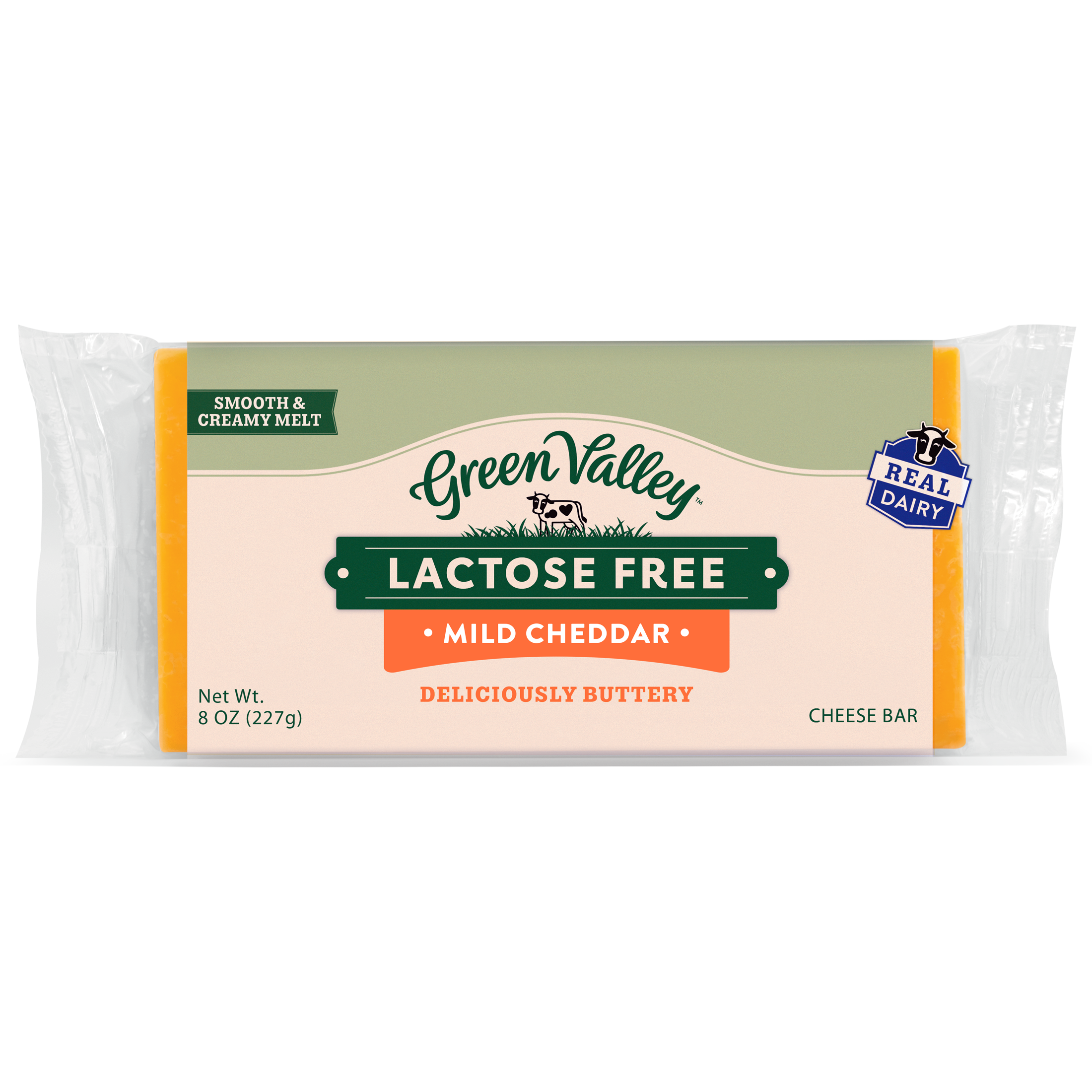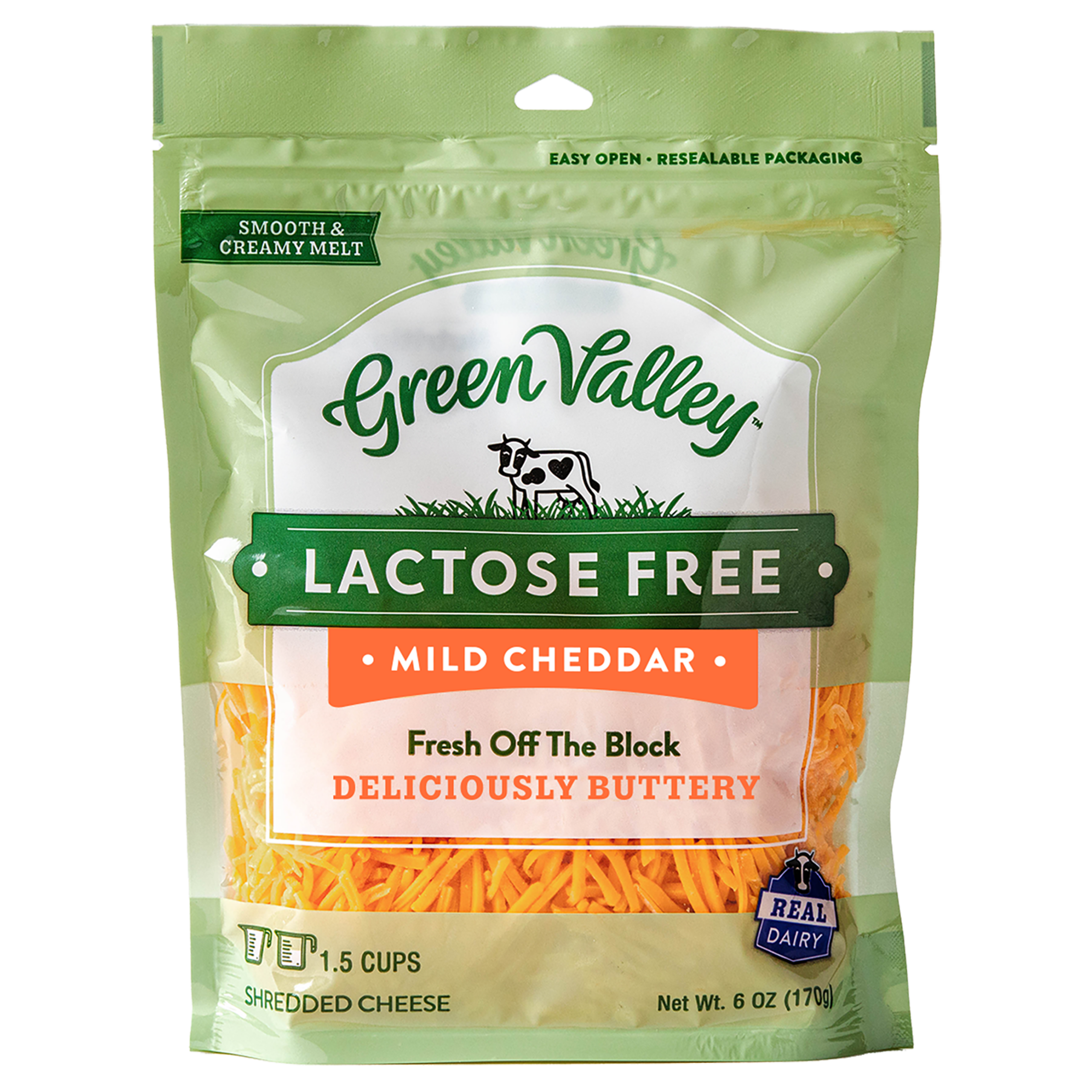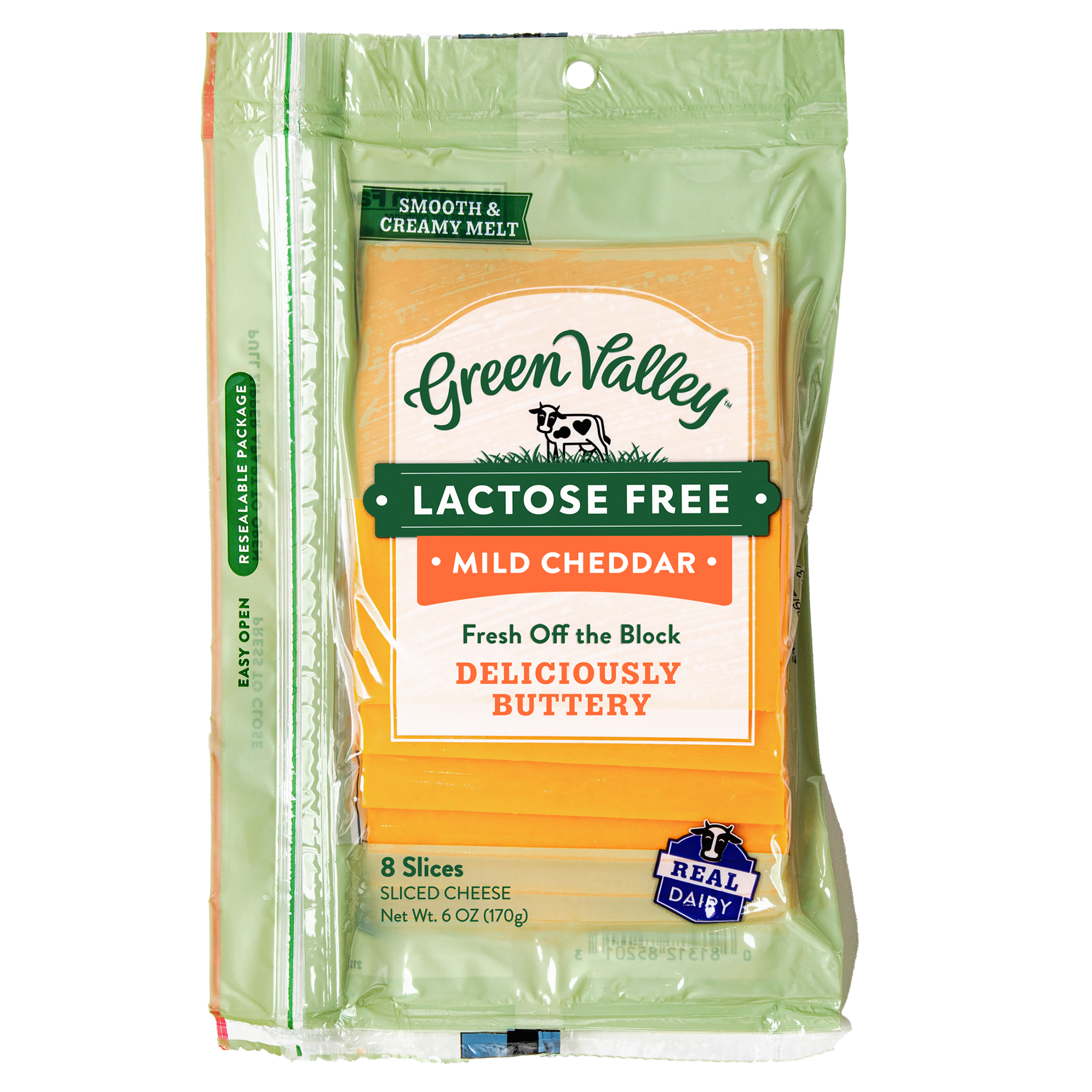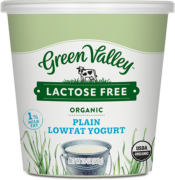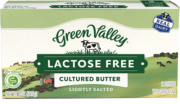Story
What is Kefir? The Stuff of Storytelling
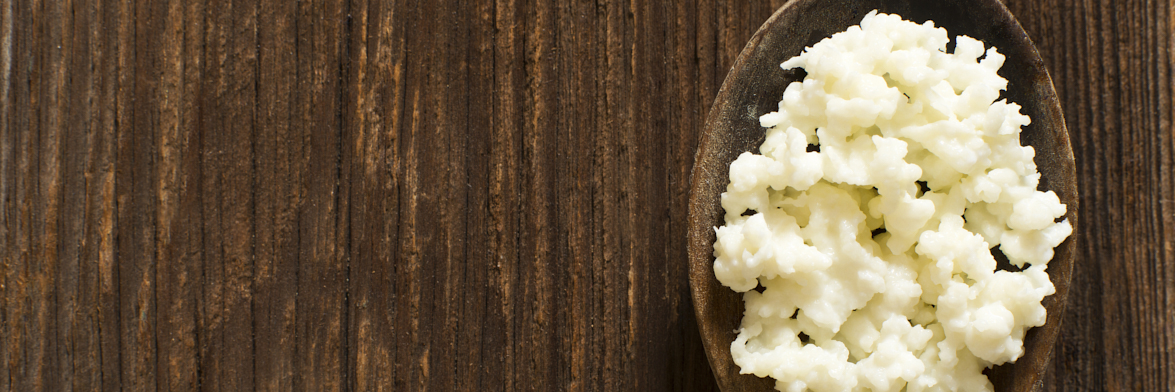
Posted on May 3, 2016
Kefir is a rather innocent looking, white yogurt drink. But beware, kefir is chock full of protein and calcium, enhances digestive health and has a dramatic story that could be the stuff of a major motion picture.
Kefir is the result of fresh milk fermented with live and active cultures and contains potent probiotics. The word probiotic describes a food that is beneficial for health beyond its nutritional value, in the case of kefir, because it contains a myriad of live bacteria. We had our kefir tested and found that it had more than 580 billion probiotics per 8 oz serving. These live bacteria contain strains of microorganisms that help take over pathogenic organisms in the human gut, repopulate the digestive tract with beneficial bacteria and thereby aid in overall digestion (Otles and Cagindi, 2003).
In the olden days, when people first started to ferment milk into kefir, they used fermentation starters called kefir grains, which combined beneficial bacteria and yeasts. The grains look like white little lumps shaped like small pieces of coral or cauliflower florets. And here is where the storytelling begins.
Kefir originated more than 2,000 years ago on the northern slopes of the Caucasus Mountains, one of the highest mountain ranges which spans from the southern tip of present-day Russia through Georgia, Armenia, Azerbaijan and into the eastern parts of Turkey. There, people traditionally inoculated their fresh cow, sheep or goat milk in skin bags and hung them on their doors. Each time someone would pass through the door, it would shake up the fermenting milk.
It is believed that the word kefir comes from the Turkish word “keyif”, which means pleasure, joy, enchantment or delight, due to the overall sense of health and wellbeing after kefir is consumed. Some also see an etymological connection to the Turkish word “köpük”, which translates to foam, referring to its sometimes fizzy texture from the fermented yeast.
Kefir’s properties for vitalization, health and longevity were well known among ancient Caucasian mountain people. Folk tales suggested that Prophet Mohammed himself blessed kefir grains. The grains were considered a gift from god, a sign of family wealth and a sacred secret that was to be guarded and passed down through generations.
In the beginning of the 20th century, stories of the magic power of kefir and kefir grains reached the ears of the Russian Physician’s Society. Eager to unveil the secret of the healing drink, the Soviets turned to Nikolay Balandov, a dairy maker in Moscow. After procuring kefir grains from the Caucasus, Bandalov was to produce Kefir on a large, industrial scale for the Russian people.
Bandalov embarked on this mission, but instead of traveling himself, Balandov sent his beautiful employee, Irina Sakharova, to a Caucasian prince named Bek-Mirza Barcharov. She was to charm and enchant the prince and then persuade him to give her some of his kefir grains. Charm him she did, but the plan failed; the prince did not give her the grains. When Sakharova decided to leave, Barcharov kidnapped her from her carriage in an attempt to make her his wife.
A tumultuous rescue by Bandalov ensued and the prince was brought to trial in Moscow for attempted forced marriage. To amend, the prince offered Sakharova wealth and gold, but she rejected. What she demanded were the sacred kefir grains, which were granted to her – a whole ten pounds of them.
And so, Bandalov succeeded in making his kefir, and in September of 1908, the first bottles were offered for sale. To this day, kefir is a staple of Russian diet. It is also widely consumed in the Middle East, large parts of Europe and Central Asia.
The ancient tales of kefir’s healing powers are now subject to modern scientific research on probiotics. Kefir contains vitamins, minerals, essential amino acids, and easily digestible complete proteins, which can help the body with healing and maintenance functions. Regular consumption of probiotic foods, such as kefir, is believed to have a wide range of benefits.
At Green Valley we make our kefir in small batches, but still on a commercial scale. Because kefir grains are so large, at times up to one or two inches, we found it impractical to filter them out after culturing the milk. We therefore created and are using a blend of eleven live and active, probiotic cultures, selected for their complementary role for flavor development and synergy. Our kefir today, just like in the old days, contains billions of probiotic bacteria, for a thriving gut. Cheers!

